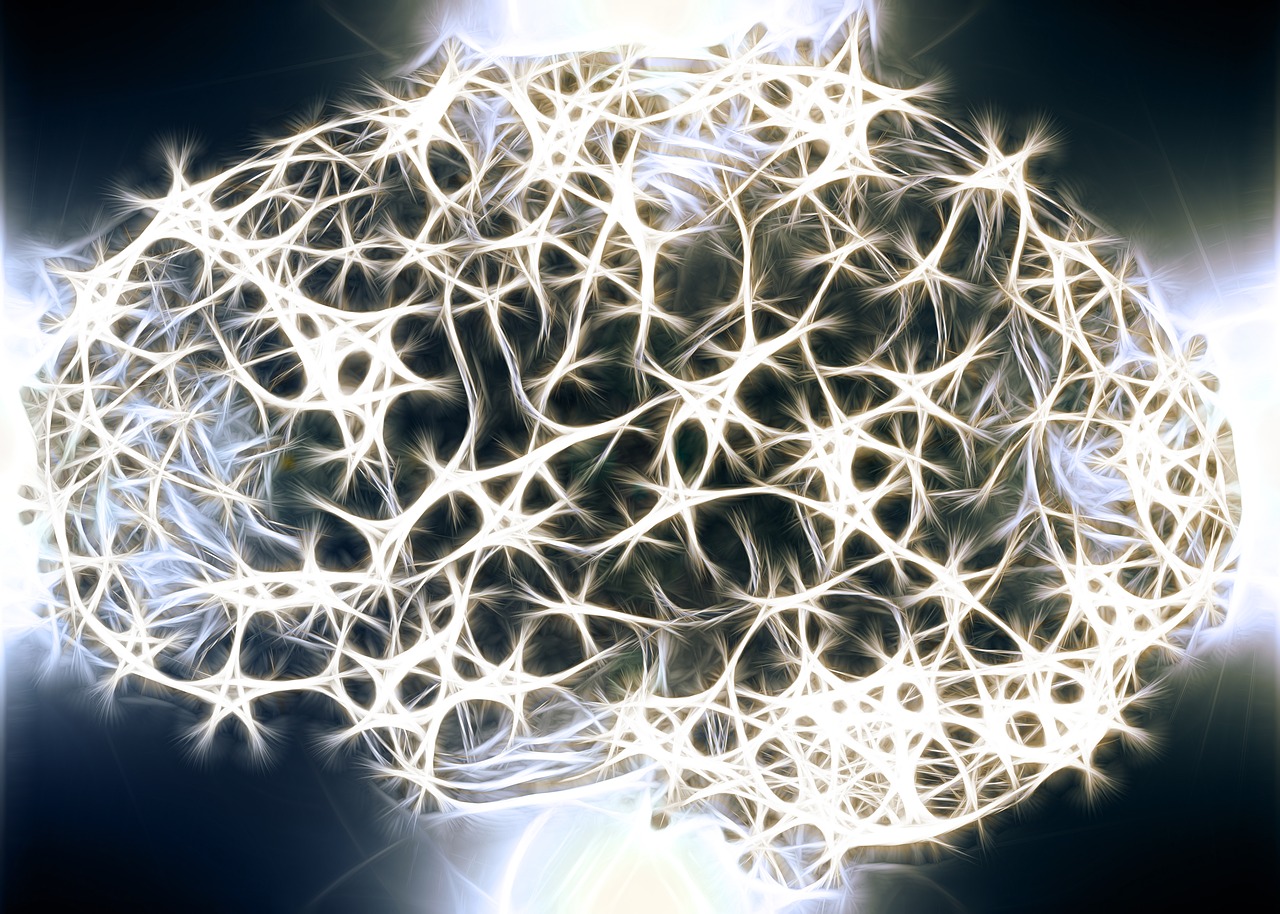New research by scientists shows that when cellular barriers are exposed to metal nanoparticles, cellular messengers are released that may cause damage to the DNA of developing brain cells.
More on nanoparticles below:
These signaling molecules caused DNA damage to the brain cells’ astrocytes and neurons; this was confirmed, as when either autophagy or IL-6 (main cell messenger identified) was blocked, the amount of DNA damage was reduced.
Indirect effects of nanoparticles on cells are as important as direct effects
These findings support the idea that indirect effects of nanoparticles on cells, which is the case in this study, might be as important to consider as their direct effects when evaluating their safety. Importantly, the DNA damage to neurons was dependent on astrocytes being present.
Astrocytes are the most common cell type in the brain, which for years were thought to have their major role as a support cell; however, it is now known that they have multiple roles in the brain that can have both positive and negative effects on neighboring neurons.
“Maeve Caldwell, Professor in Neuroscience at Trinity College Dublin, lead author on the study, said: “Astrocytes are the most common cell type in the brain which for many years were considered to play a supportive role to neurons.
“However, the fact that media from nanoparticle-exposed cellular barriers only damaged neurons when astrocytes were present, provides further evidence that the role of astrocytes in the brain goes way beyond that of providing support to neurons.
“When astrocytes are stressed (under our experimental conditions), they are capable of damaging neighboring neurons.
“This could have implications for developing our understanding of how astrocyte behavior may affect neuronal health in many neurodegenerative conditions, including Alzheimer’s and Parkinson’s disease, and hence warrant their continued development as potential drug targets.”
These findings demonstrate that nanoparticle damage to brain cells can cause DNA damage that’s dependent on astrocytes. This has implications for further studies aimed at developing astrocytes as potential drug targets for neurodegenerative conditions.
Provided by:Trinity College Dublin [Note: Materials may be edited for content and length.]







